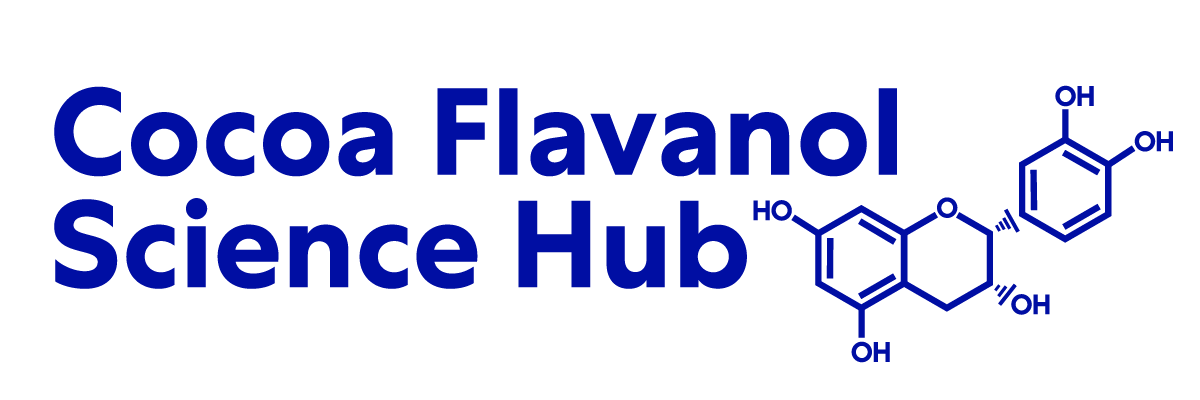Concentrations of proanthocyanidins in common foods and estimations of normal consumption.
Proanthocyanidins (PAs) have been shown to have potential health benefits. However, no data exist concerning their dietary intake. Therefore, PAs in common and infant foods from the U.S. were analyzed. On the bases of our data and those from the USDA's Continuing Survey of Food Intakes by Individuals (CSFII) of 1994-1996, the mean daily intake of PAs in the U.S. population (>2 y old) was estimated to be 57.7 mg/person. Monomers, dimers, trimers, and those above trimers contribute 7.1, 11.2, 7.8, and 73.9% of total PAs, respectively. The major sources of PAs in the American diet are apples (32.0%), followed by chocolate (17.9%) and grapes (17.8%). The 2- to 5-y-old age group (68.2 mg/person) and men >60 y old (70.8 mg/person) consume more PAs daily than other groups because they consume more fruit. The daily intake of PAs for 4- to 6-mo-old and 6- to 10-mo-old infants was estimated to be 1.3 mg and 26.9 mg, respectively, based on the recommendations of the American Academy of Pediatrics. This study supports the concept that PAs account for a major fraction of the total flavonoids ingested in Western diets.
See the Full Study > (opens in a new tab)









